Geochemical predictive mapping in western Kenya
To mark World Soil Day, Olivier Humphrey highlights the soil-related activities of the BGS Inorganic Geochemistry Facility and its partners in western Kenya.
05/12/2021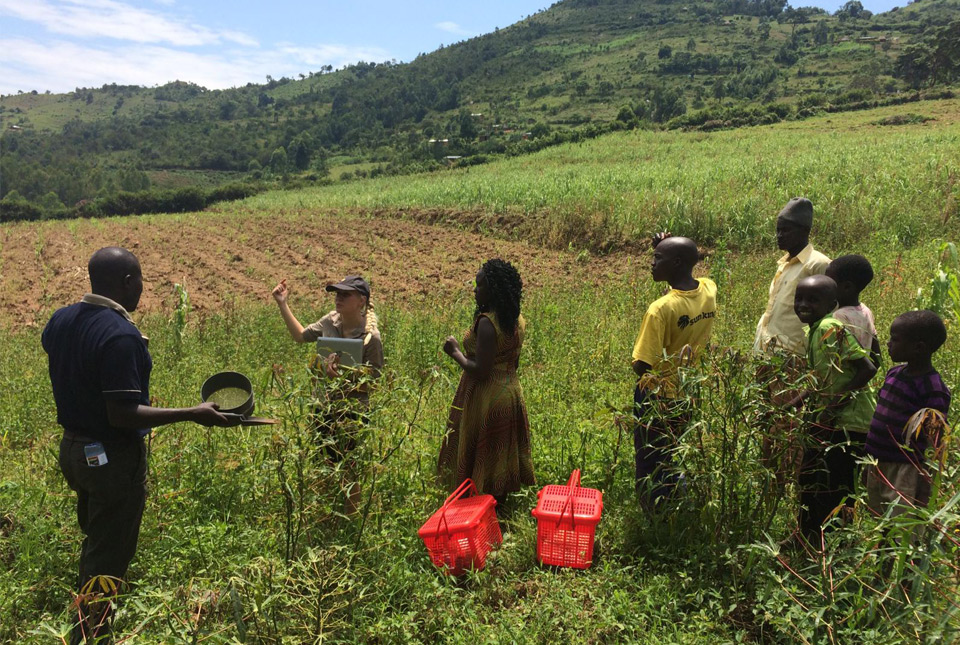
This BGS ArcGIS web application was created to develop a predictive soil geochemistry map of western Kenya. The interactive app provides baseline geochemistry data to the agri-community using BGS’s measured data combined with machine learning.
The original data, relating to land use, crops grown, drinking water source/usage and any local health problems, was generated from field collections between 2016 and 2019 during the BGS ODA-I programme, as part of a geochemistry and health project to investigate the spatial incidences of diseases within the Rift Valley (e.g. oesophageal cancer; micronutrient deficiencies). You can read more about the project and our time in western Kenya in our previous blogs on geochemistry and health in the Kenyan Rift Valley and inorganic geochemistry in Kenya.
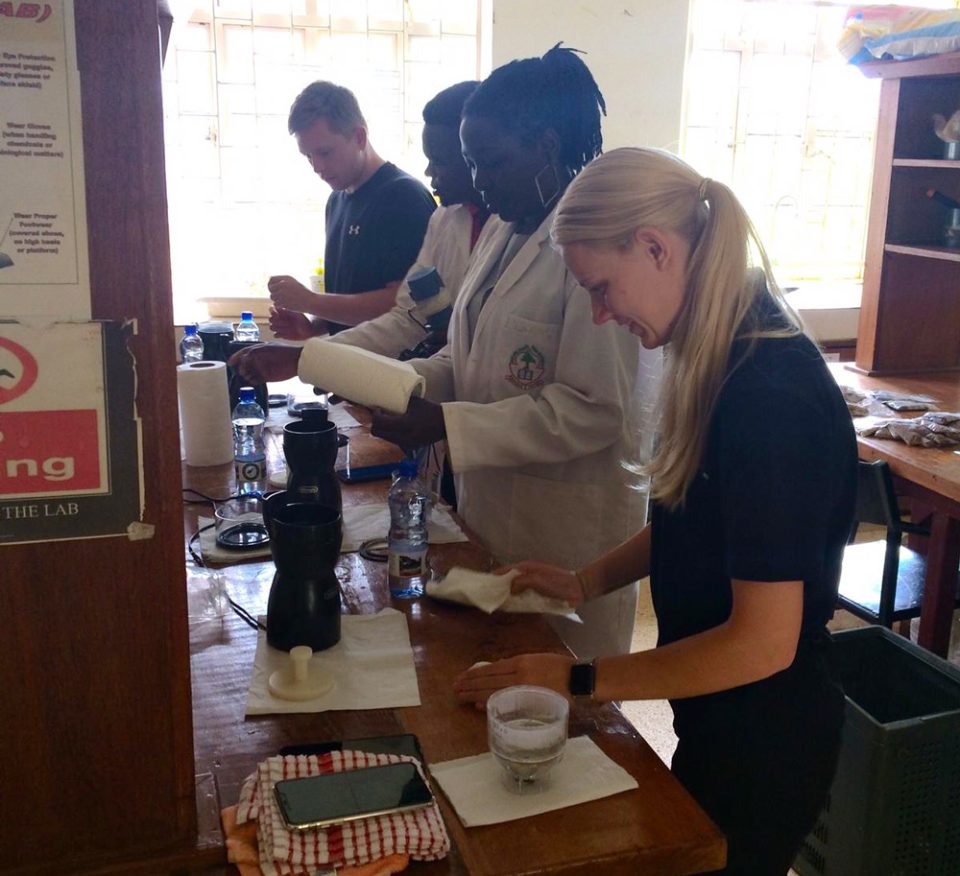
Processing samples at the University of Eldoret laboratories. BGS © UKRI.
On completing our fieldwork trips, we brought the collected samples back to the BGS headquarters at Keyworth, Nottingham, and analysed them at the Inorganic Geochemistry Laboratories. We created a dataset that compiled soil prediction maps for 56 chemical elements (mg/kg), pH and organic matter content (per cent) using machine learning (Random Forest) analysis. The predictive maps, displayed as raster files with a spatial resolution of 500 m, were based on the 452 soil samples collected from discrete sampling locations across western Kenya and relevant environmental covariate data, such as elevation and rainfall.
Once all of the predictive layers were created, they were entered into an ArcGIS web app, accessible ‘free’ online via a PC or mobile device. Stakeholders in Kenya from the academic and outreach sectors were consulted during development and tested the web tool, making useful suggestions for refinements to better communicate both the tool and the data itself directly to farmers. Future developments will enable us to continue to add more data and expand the area, subject to funding.
The ArcGIS map will have other research uses for BGS grant-funded projects, in particular a Royal Society International Collaboration grant to study dynamics for land-to-lake transfers within the Winam Gulf catchment of Lake Victoria resulting from soil degradation. This tool can also provide valuable information to agricultural extension services regarding areas where fertility may be at greater risk due to soil degradation and contribute to source apportionment models for transfers into the lake basin.
The publication of our web tool will enable BGS to seek wider stakeholder input to the tool to stimulate new developments, ideally with new funding. For example, combining this data with health incidence statistics could provide investigation assistance regarding the spatial influence of geochemistry on health conditions (e.g. oesophageal cancer and micronutrient deficiency) and exposure to geogenic potentially harmful metals with chronic health implications.
Acknowledgements
This research was supported by the BGS-NERC grant NE/R000069/1 ‘Geoscience for sustainable futures’ and BGS/Centre for Environmental Geochemistry programmes for financial support. It was delivered via the BGS Eastern Africa Official Development Assistance (ODA) Research Platform and the activities were coordinated by Michael Watts (BGS), Odipo Osano (University of Eldoret) and Diana Menya (Moi University).
We would like to thank the many people who assisted in the collection of samples, including the public health officers from each county administrative area and, in particular, the field and laboratory staff from the University of Eldoret (UoE), Moi University (Moi U) and BGS.
University of Eldoret
David Samoie, Doreen Meso, Charles Owano, Melvine Anyango and Job Isaboke.
Moi University
Esilaba Anabwani and Amimo Anabwani.
Queen’s University Belfast
Daniel Middleton.
BGS
Andrew Marriott, Amanda Gardner, Elliott Hamilton, Nicholas Porter and Sophia Dowell.
About the author
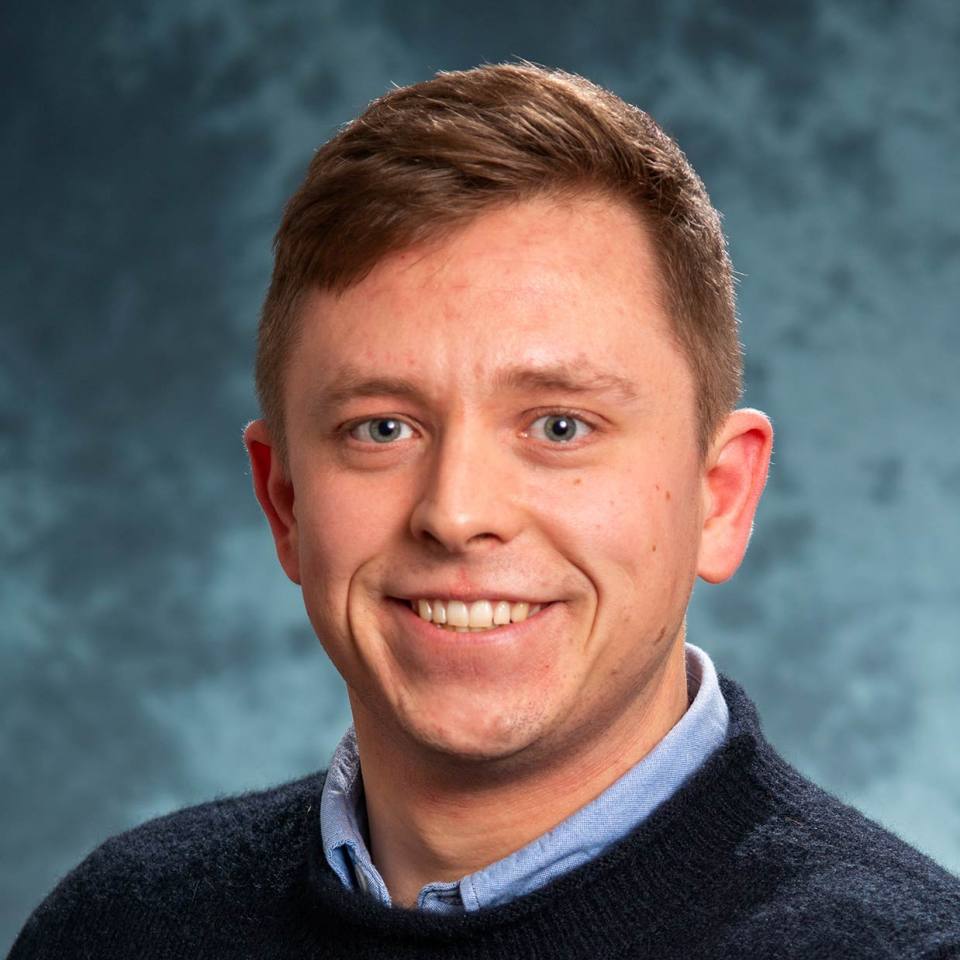
Dr Olivier Humphrey
Environmental chemist
Relative topics
Latest blogs
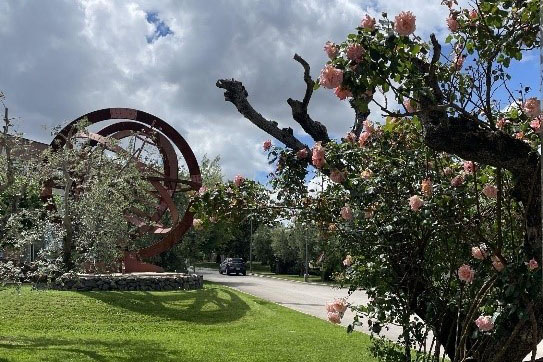
AI and Earth observation: BGS visits the European Space Agency
02/07/2025
The newest artificial intelligence for earth science: how ESA and NASA are using AI to understand our planet.
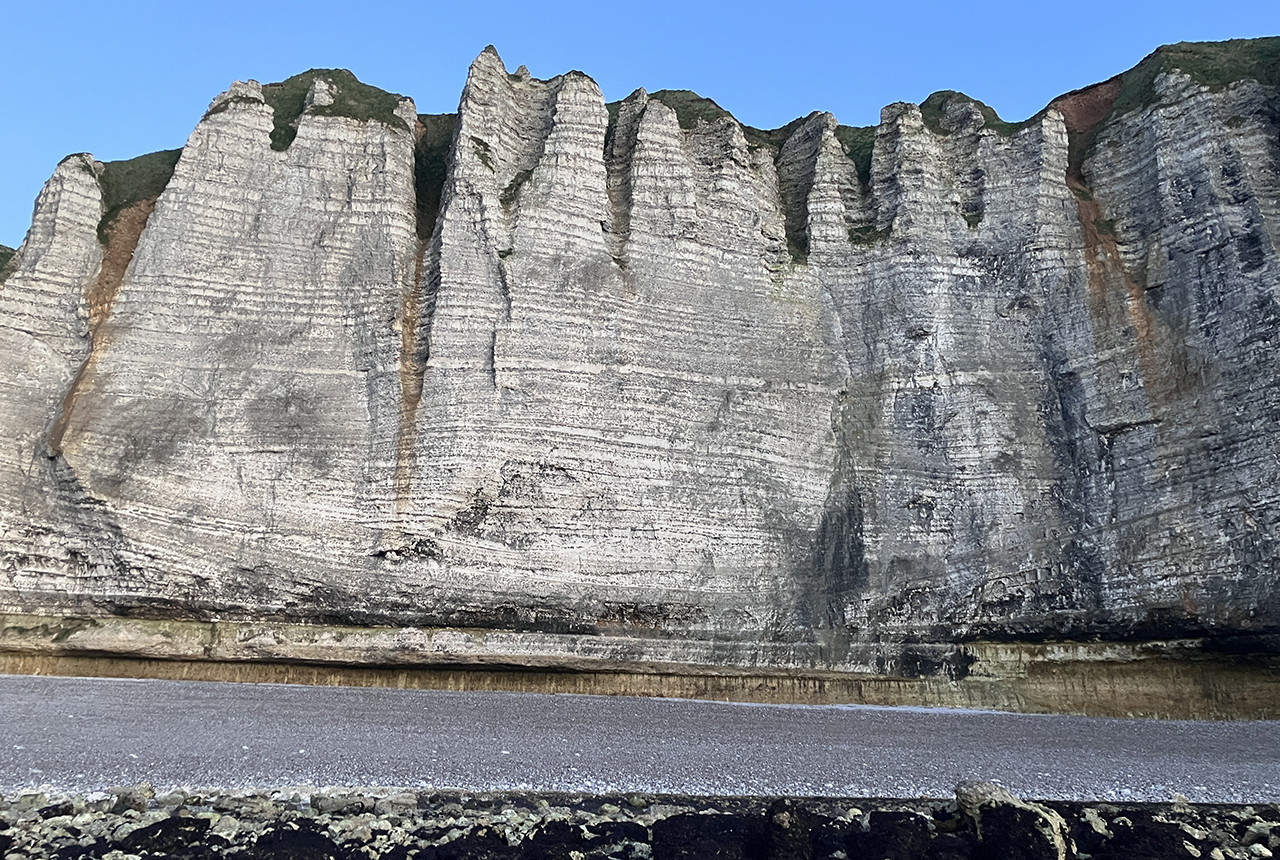
Geology sans frontières
24/04/2025
Geology doesn’t stop at international borders, so BGS is working with neighbouring geological surveys and research institutes to solve common problems with the geology they share.
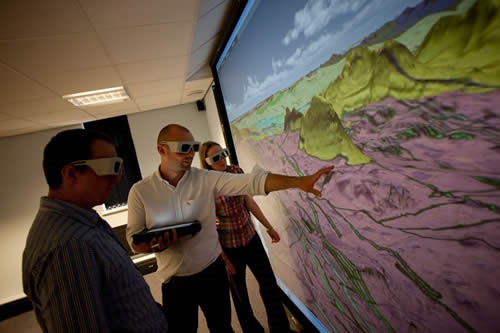
Celebrating 20 years of virtual reality innovation at BGS
08/04/2025
Twenty years after its installation, BGS Visualisation Systems lead Bruce Napier reflects on our cutting-edge virtual reality suite and looks forward to new possibilities.
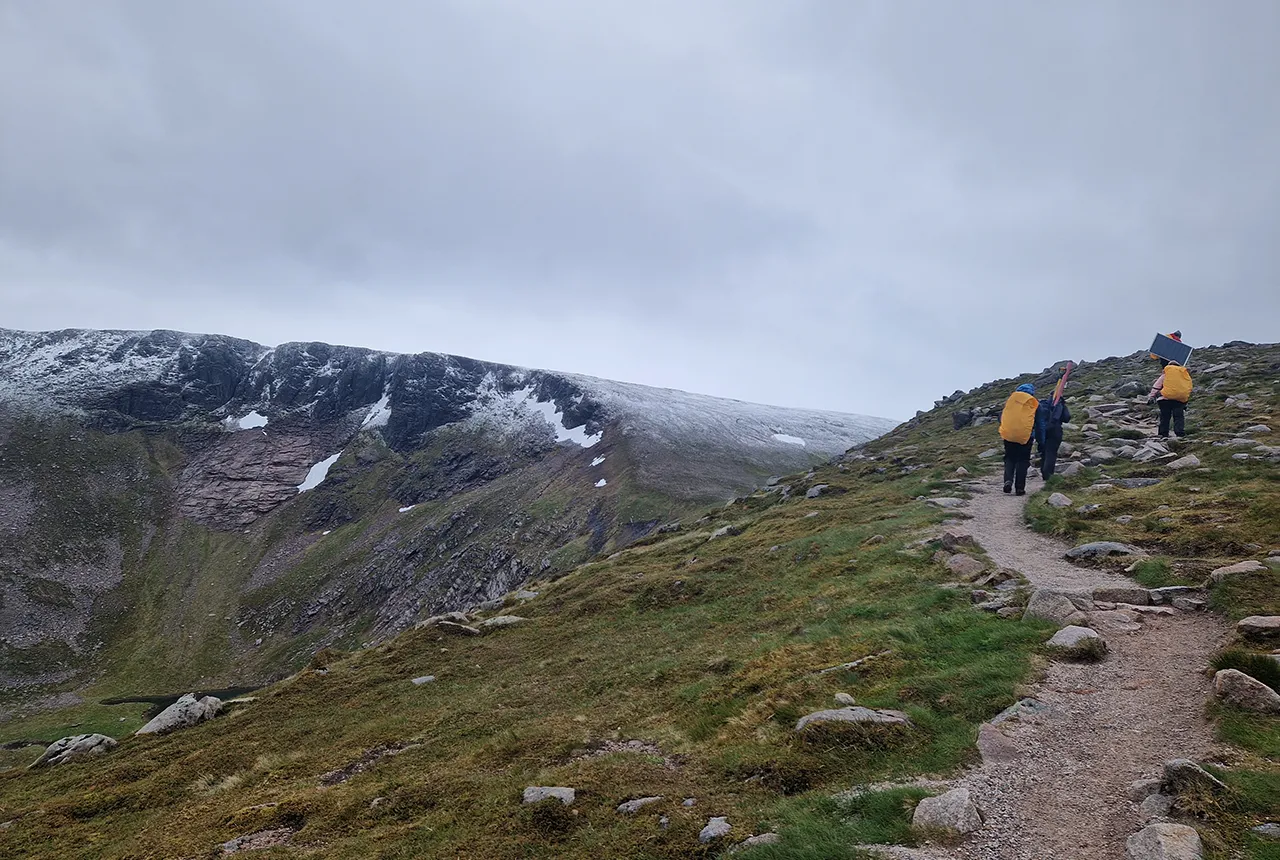
Exploring Scotland’s hidden energy potential with geology and geophysics: fieldwork in the Cairngorms
31/03/2025
BUFI student Innes Campbell discusses his research on Scotland’s radiothermal granites and how a fieldtrip with BGS helped further explore the subject.
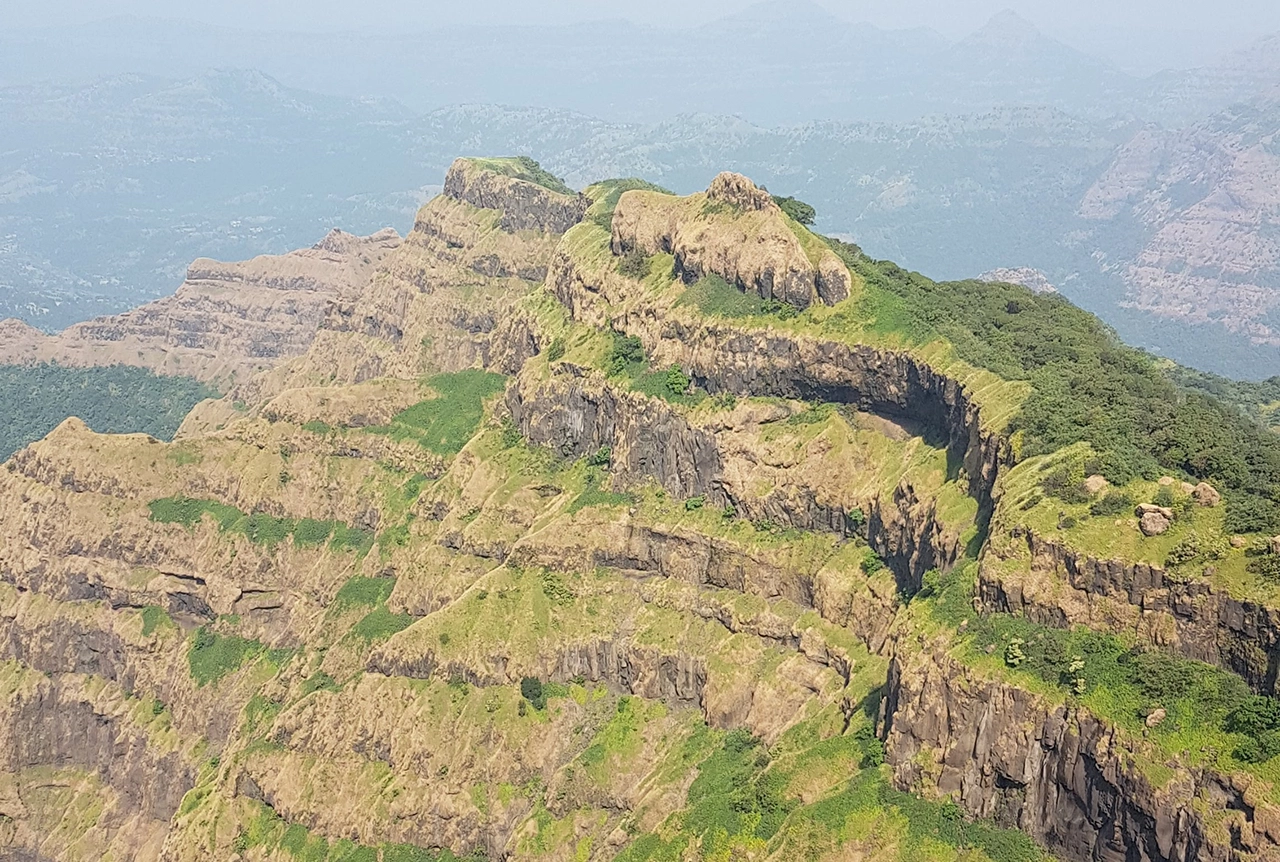
Could underground disposal of carbon dioxide help to reduce India’s emissions?
28/01/2025
BGS geologists have partnered with research institutes in India to explore the potential for carbon capture and storage, with an emphasis on storage.
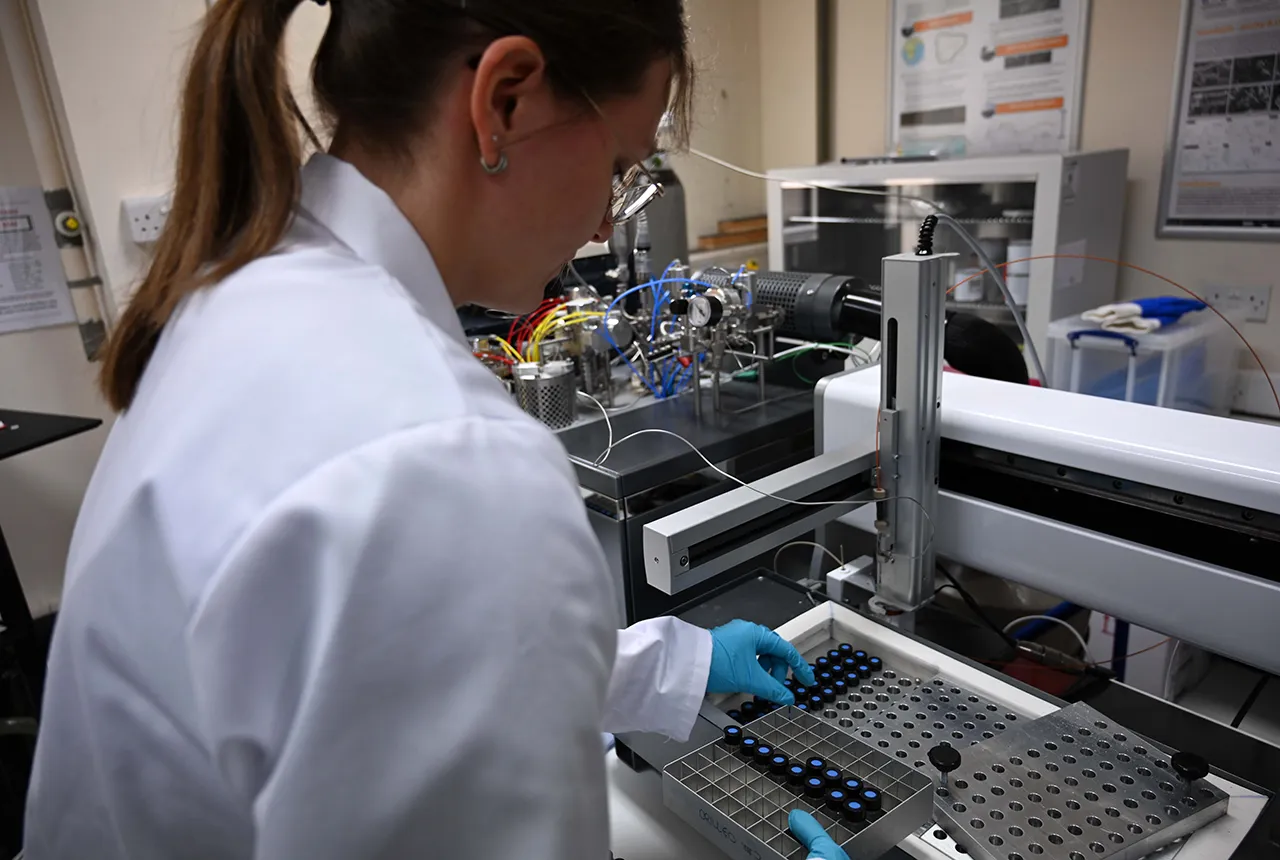
Carbon and oxygen isotope analysis of carbonates and the development of new reference materials
18/12/2024
Dr Charlotte Hipkiss and Kotryna Savickaite explore the importance of standard analysis when testing carbon and oxygen samples.
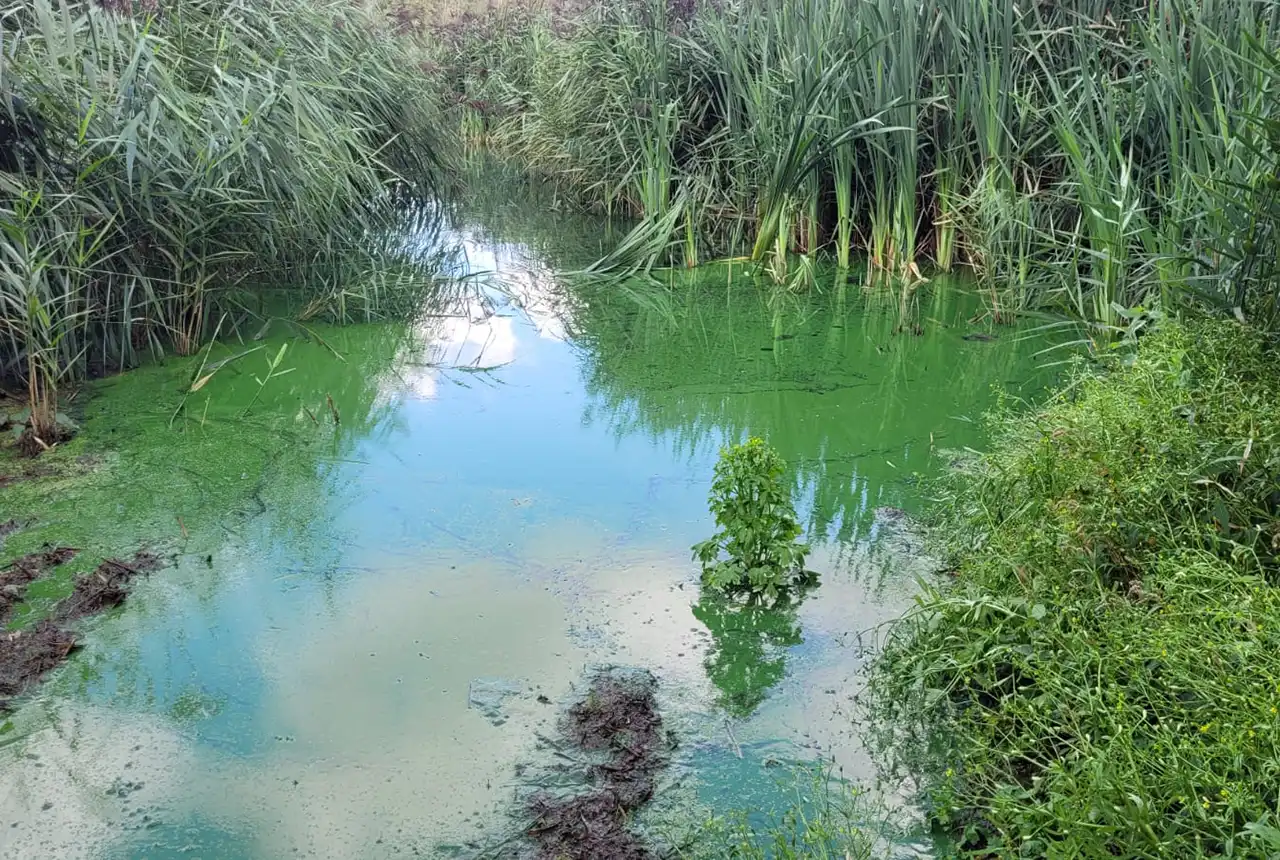
Studying oxygen isotopes in sediments from Rutland Water Nature Reserve
20/11/2024
Chris Bengt visited Rutland Water as part of a project to determine human impact and environmental change in lake sediments.
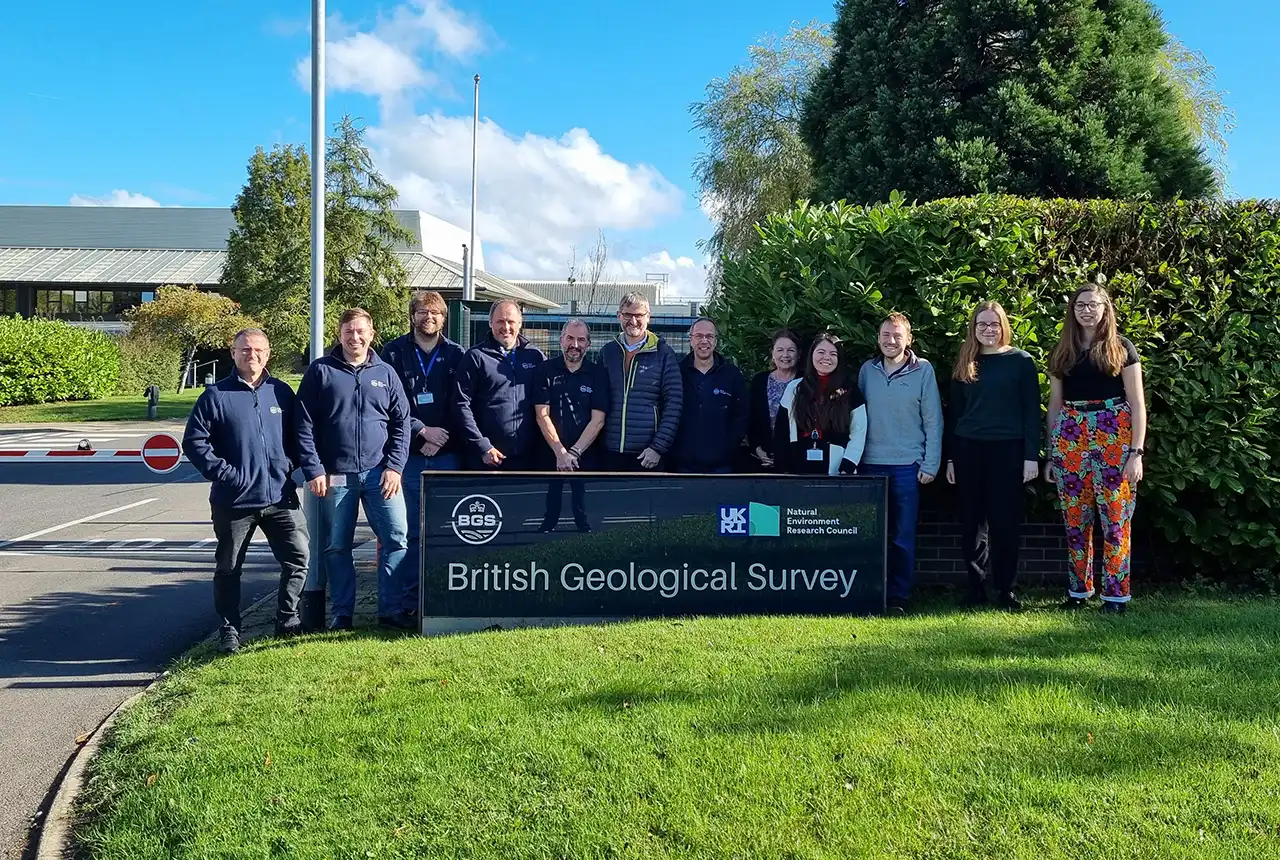
Celebrating 25 years of technical excellence at the BGS Inorganic Geochemistry Facility
08/11/2024
The ISO/IEC 17025 accreditation is evidence of technical excellence and reliability, and a mark of quality assurance.
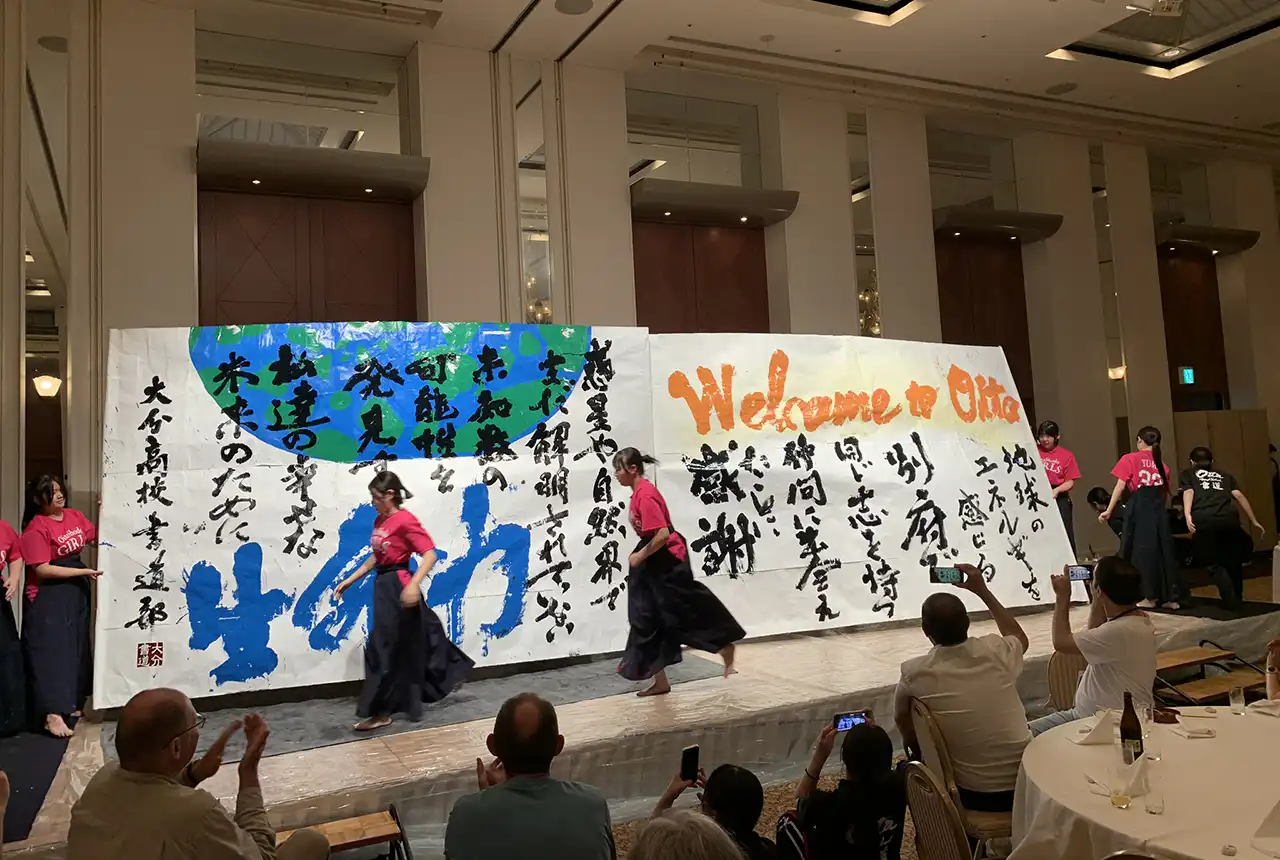
Electromagnetic geophysics in Japan: a conference experience
23/10/2024
Juliane Huebert took in the fascinating sights of Beppu, Japan, while at a geophysics conference that uses electromagnetic fields to look deep into the Earth and beyond.
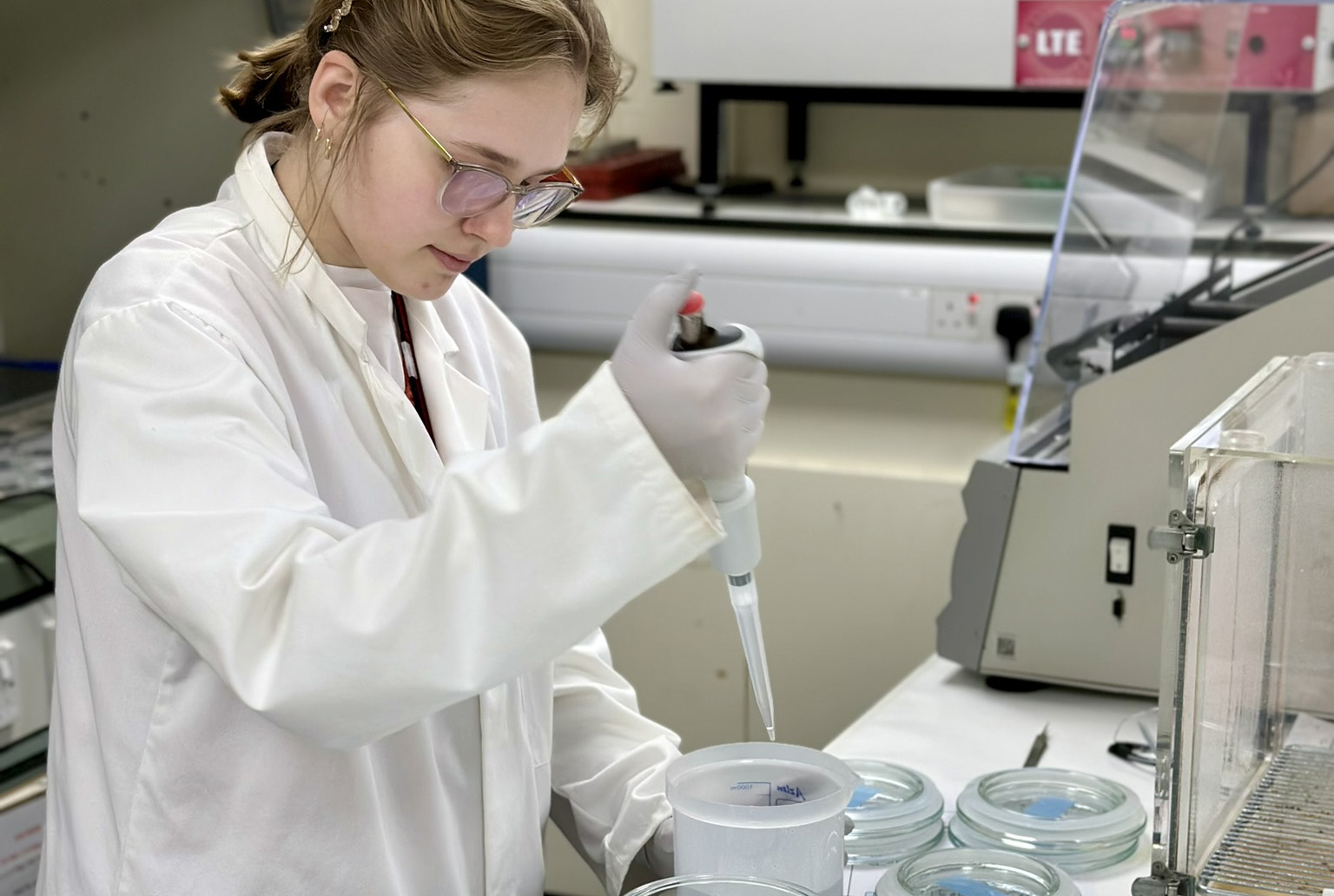
Exploring the role of stable isotope geochemistry in nuclear forensics
09/10/2024
Paulina Baranowska introduces her PhD research investigating the use of oxygen isotopes as a nuclear forensic signature.
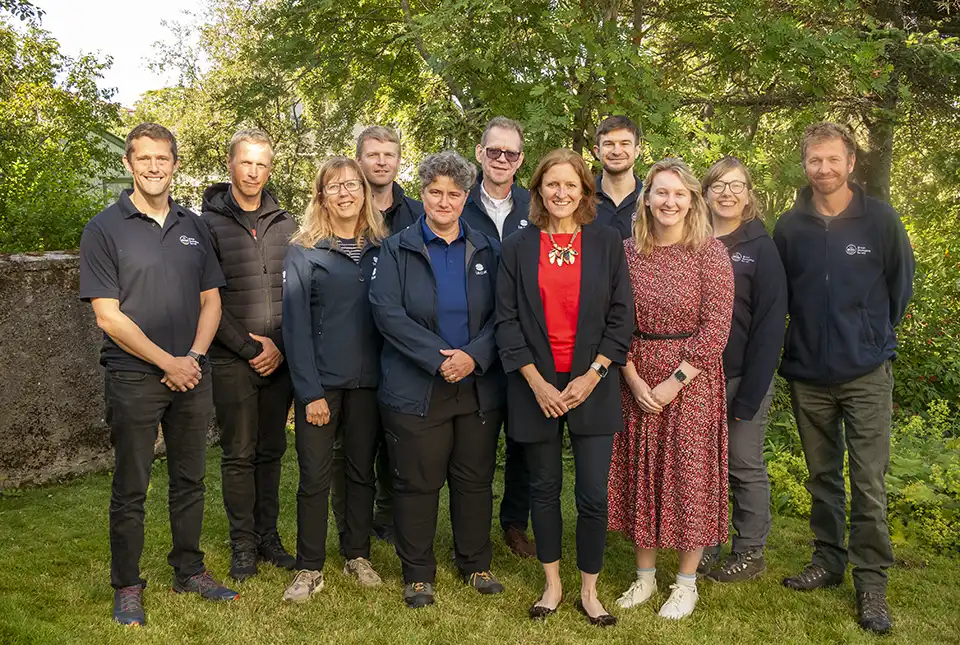
BGS collaborates with Icelandic colleagues to assess windfarm suitability
03/10/2024
Iceland’s offshore geology, geomorphology and climate present all the elements required for renewable energy resources.

Mining sand sustainably in The Gambia
17/09/2024
BGS geologists Tom Bide and Clive Mitchell travelled to The Gambia as part of our ongoing work aiming to reduce the impact of sand mining.




